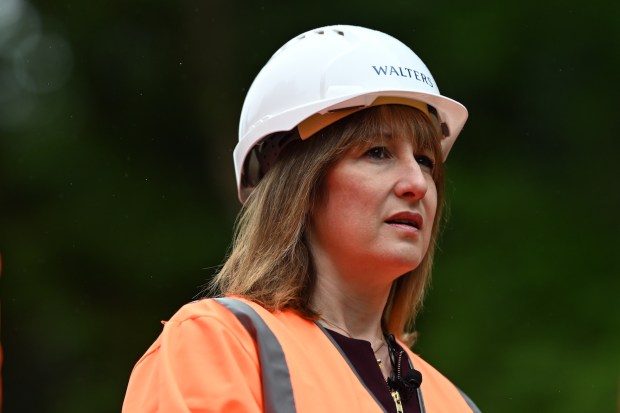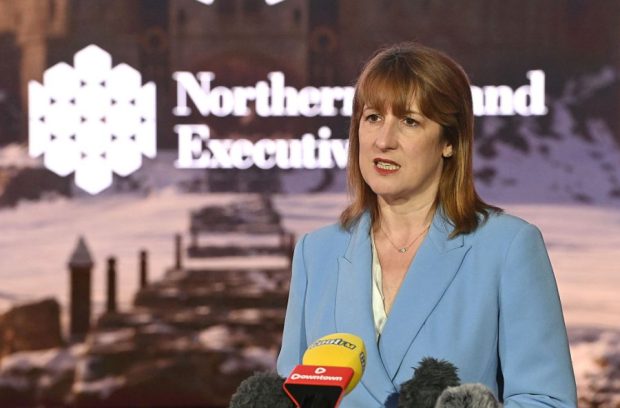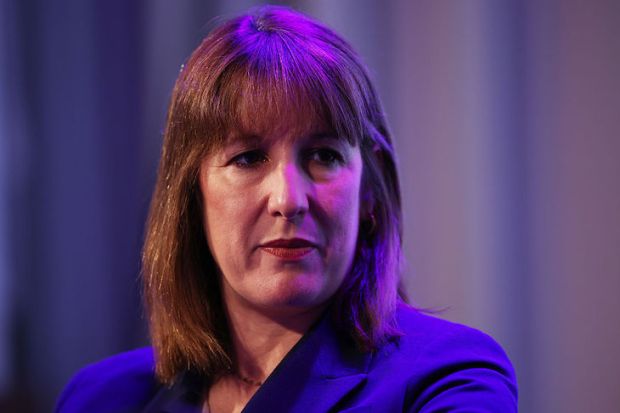Just when everyone seems to be revising down expectations of growth, real world data starts pointing in the opposite direction. The Office of National Statistics (ONS) estimates this morning that GDP grew by 0.5 per cent in February. Not only that, it revised January’s figures upwards to give growth for the last quarter of 0.6 per cent, and annual growth of 1.4 per cent. That is almost looking healthy – although less so when you consider the growth in the population thanks to high migration.
What’s more, growth was reasonably balanced, with the production sector growing by 1.5 per cent in February and construction by 0.3 per cent. Even car manufacturing had a positive month. These are areas of the economy which have shrunk in recent times even when services are growing. One of the parts of the economy to shrink was education, which fell back by 0.1 percent, perhaps related to the imposition of VAT on private school fees in January.
For the moment the Reeves Recession has been put on hold. Yet these figures do look somewhat historic. They cover a period before the National Insurance increases for employers took effect and, of course, before Donald Trump’s ‘Liberation Day’ turned global markets upside down. We won’t know the effect of tariffs for a couple of months at the earliest.
No-one will be happier with this morning’s figures than Rachel Reeves. The immediate threat to her position looks significantly to have receded. Besides the renewed growth in the UK economy, the focus of economic news has moved away from Britain’s performance and onto turmoil in the global economy. In the space of a month Britain has gone from looking the sick man of the developed world into being a relative haven of calm. Keir Starmer has won plaudits for the calm way in which he has handled the tariff crisis, refraining from threatening retaliatory sanctions – a position which may or may not help Britain in the rapidly see-sawing situation.
However, nothing in this morning’s figures detracts from the dire state of the UK’s public finances, which are still likely to deteriorate in the next few months. Tax rises and/or spending cuts in the autumn budget remain almost inevitable. What the figures will do, however, is remove the immediate threat of recession from the public discourse. Given the definition of a recession – two quarters of negative growth – it means that whatever happens now we cannot be officially be in recession until the autumn at the earliest.
There must be some suspicion, however, that February’s good GDP figures represent a rush of activity before the storm. Any company exporting goods to the US had an incentive to bring forward shipments in the expectation they might be hit by tariffs if delayed. UK companies, too, had an incentive to bring forward economic activity to lessen their NI bill. We will find out over the next couple of months how important these factors are to the overall picture.




















